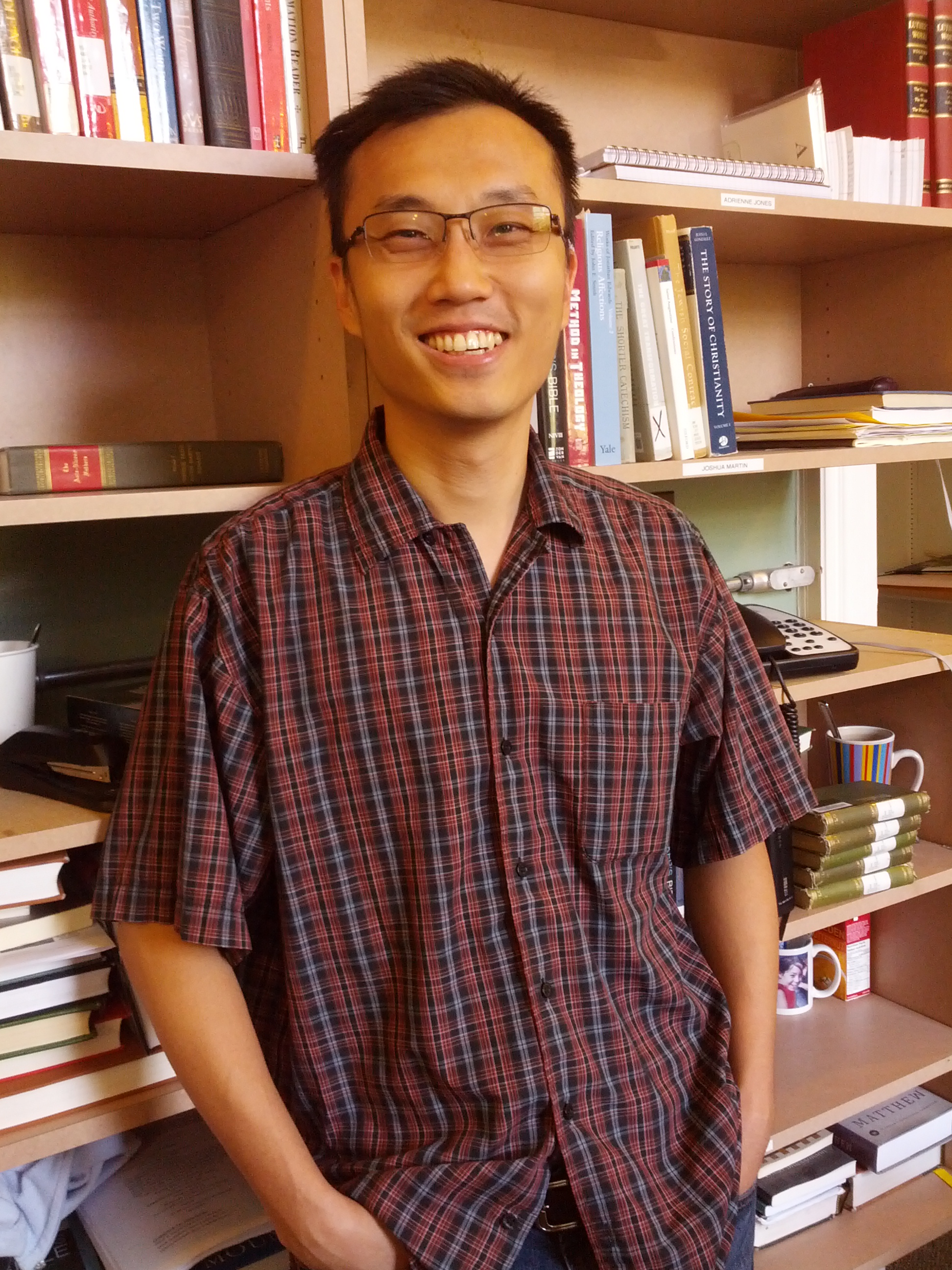 The TGSA is pleased to announce that the winner of the Fall TGSA Conference Award is Wycliffe ThD student, Chandra Wim. Chandra won the award to present his paper “Hermeneutics of Love and Conversion: Augustine on the Character of the Interpreter” in the Ethics and Biblical Interpretation program track at the 2015 annual conference of the Society of Biblical Literature (SBL). SBL was founded in 1880 to foster biblical scholarship. This year their Annual Conference is held from 21-24 November 2015 in Atlanta, Georgia, USA. Chandra Wim will present his paper on the 22 November 2015 and his respondent will be Dr Willis Jenkins, of the University of Virginia. Congratulations Chandra!
The TGSA is pleased to announce that the winner of the Fall TGSA Conference Award is Wycliffe ThD student, Chandra Wim. Chandra won the award to present his paper “Hermeneutics of Love and Conversion: Augustine on the Character of the Interpreter” in the Ethics and Biblical Interpretation program track at the 2015 annual conference of the Society of Biblical Literature (SBL). SBL was founded in 1880 to foster biblical scholarship. This year their Annual Conference is held from 21-24 November 2015 in Atlanta, Georgia, USA. Chandra Wim will present his paper on the 22 November 2015 and his respondent will be Dr Willis Jenkins, of the University of Virginia. Congratulations Chandra!
Title:
Hermeneutics of Love and Conversion: Augustine on the Character of the Interpreter
Abstract:
Is there such thing as ethics of reading the Bible? What would it look like? Why do we need one? What would Augustine say about this? Drawing mostly from his De Doctrina Christiana (later DCC), this paper argues that for Augustine one’s character is as much as, if not more important than one’s ability to use scholarly tools in the process of scriptural interpretation. Augustine’s preoccupation on the theory of signs (Book 2 and 3 of DDC) is based on his theology of love (Book 1). Love (caritas) is the hermeneutical key to unlock Scripture’s meaning, for the end of Scripture and its study is the dual love of God and neighbor. It is also a criterion to determine whether a text should be interpreted literally or figuratively: whatever passage that does not literally pertain to the dual love of God and neighbor must be taken to be figurative. For Augustine, this is where the character of the reader plays a crucial role, for only practitioners of Christian love can discern caritas being taught in passages whose literal sense contradicts it. In this sense, Scripture-reading is a kind of spiraling ascent where one continuously grows in love and understanding. Indeed, Augustine sees this ascent as a spiritual ascent where one moves from the fear of the Lord (which is the beginning of knowledge) toward Wisdom, which is Christ himself. This in turn means that exegetical precision and correct interpretation, however important they may be, are always secondary in comparison to the spiritual reality and transformation that is taking place when one encounter God in and through Scripture. Similarly, exegetical techniques and critical tools, however important they may be in this endeavor, are always secondary in comparison to the character of the reader. This is because Augustine discerns that the greatest problem one have with Scripture is not intellectual, but spiritual in nature. The main problem, in other words, is not the historical distance between the contemporary reader and the ancient authors of Scripture, but the spiritual distance between us and the God of Scripture that is caused by our sin and pride. Thus, while the ultimate aim for reading Scripture is to be transformed into Christlikeness, the reader herself needs to be transformed by the Holy Spirit in order to be a better reader of Scripture. Yet the Spirit’s primary means for character transformation is the Scripture itself. Thus, there is a mutual relationship between the sacred text and the reader that is transformative in nature. This transformation calls for a kind of hermeneutic of conversion that is necessary in any serious Christian scriptural interpretation enterprise.
